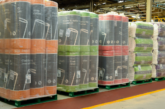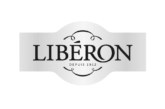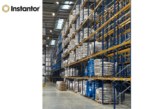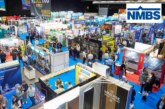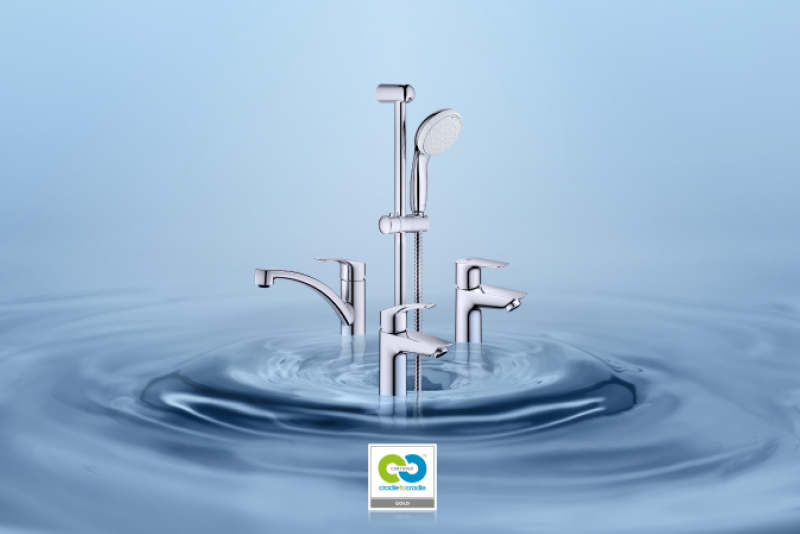
Take-make-waste: This is how most economic processes are currently operating. Resources are extracted to create a product which is disposed of after its end of use. This has led to an extensive resource exploitation that is diminishing the remnants of scarce and valuable resources by the minute, while also creating a global waste problem.
The Global Risk Report 2021 of the World Economic Forum unambiguously states that it is high time to fight resource overconsumption: the “natural resources crises,” defined as “a result of human overexploitation and/or mismanagement of critical natural resources,” is ranked as the fifth “top risk by impact” and is expected to become a critical threat within the next five to ten years.
With waste recycling rates of 99%, and a use of brass with recycling proportions of up to 80%, GROHE has incrementally approached a circular economy for several years. But now, the global brand is taking the next big step away from a linear model towards circular value creation by launching four products as Cradle to Cradle Certified 2 variants. GROHE has achieved the Gold level with all four products submitted for certification. After switching to CO2-neutral production in April 2020 and targets to replace all plastic components in product packaging with environment-friendly alternatives in 2021, the global brand is once again reinforcing its commitment to a sustainable transformation.
From linear to circular
To break this new ground in product development, GROHE has collaborated with strong partners and drawn on the revolutionary Cradle to Cradle (C2C) design concept, which has become increasingly significant for those striving for a circular economy. In contrast to a linear model, the C2C concept enables GROHE to drastically reduce the use of new resources: a product is designed and manufactured with the intent of using its components in its end-of-life-phase for the creation of new products.
The C2C concept is an approach for designing intelligent products, processes, and systems by taking the entire life cycle into account. All materials are understood as nutrients in closed biological or technical cycles. The concept differentiates between consumer goods (e.g. natural fibres or detergent), which are biodegradable, and service products (e.g. taps), that are broken down into their original materials. Therefore, resources can potentially be re-used endlessly, meaning that the C2C approach goes far beyond the conventional recycling of products. Cradle to Cradle Certified products have thus been assessed for their use of environmentally safe, healthy, and recyclable materials.
“There is a massive opportunity for innovation in the building sector, since it accounts for more than 50% of the worldwide material consumption”, said Prof. Dr. Michael Braungart, who developed the C2C design concept together with William McDonough. “GROHE plays an important role in setting a precedent that circularity in the sanitary industry is indeed possible.”
The circular journey continues
GROHE has taken a decisive step on its path towards a circular future by achieving its first Cradle to Cradle Certified products, but the journey continues. Since bath products typically have a long life cycle, GROHE, next to achieving certifications for further products, is already tackling the next challenge by working on take-back processes for discarded C2C taps in the future.

